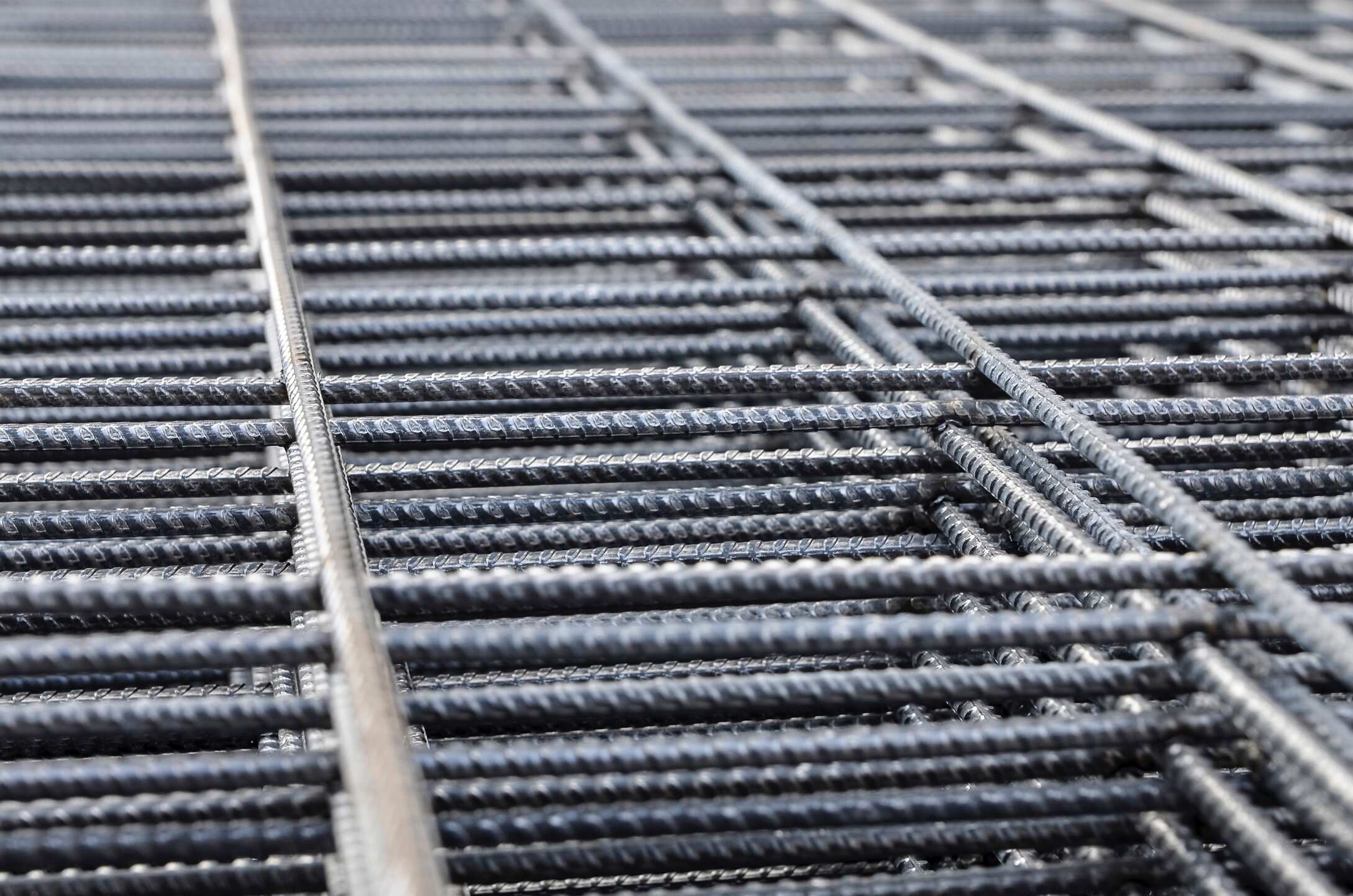
Innovative materials are changing the world around us in ways we might not even realize. From self-healing concrete that repairs its own cracks to graphene stronger than steel yet lighter than paper, these materials are pushing the boundaries of what's possible. Imagine clothes that can charge your phone or windows that generate electricity. These aren't just dreams; they're realities thanks to cutting-edge research. Biodegradable plastics are reducing pollution, while aerogels are providing incredible insulation. Curious about how these materials work and their potential impact? Let's dive into 30 fascinating facts about these groundbreaking substances reshaping our future.
What Are Innovative Materials?
Innovative materials are transforming industries, from construction to healthcare. These materials often possess unique properties that make them superior to traditional options. Let's explore some fascinating facts about these groundbreaking substances.
-
Graphene is a single layer of carbon atoms arranged in a two-dimensional honeycomb lattice. It's incredibly strong, lightweight, and an excellent conductor of electricity.
-
Aerogel is one of the lightest solid materials known. It’s composed of up to 99.8% air, making it an excellent insulator.
-
Self-healing concrete contains bacteria that produce limestone when water enters a crack, effectively sealing it.
-
Memory metals like Nitinol can return to their original shape after being deformed, thanks to their unique atomic structure.
-
Biodegradable plastics are made from natural materials like corn starch, reducing environmental impact compared to traditional plastics.
How Are They Used in Construction?
Construction is one of the primary fields benefiting from innovative materials. These materials offer enhanced durability, sustainability, and efficiency.
-
Transparent aluminum is a ceramic alloy that’s as strong as steel but transparent, used in high-security windows.
-
Carbon fiber is five times stronger than steel and much lighter, used in everything from bridges to building reinforcements.
-
Smart glass can change its transparency in response to electrical signals, improving energy efficiency in buildings.
-
Phase-change materials can store and release large amounts of energy, helping to regulate building temperatures.
-
Recycled plastic bricks are made from waste plastic and are stronger than traditional bricks, promoting sustainability.
Applications in Healthcare
Healthcare is another sector where innovative materials are making significant impacts. These materials are improving patient outcomes and advancing medical technology.
-
Hydrogel is used in wound dressings for its ability to maintain a moist environment, promoting faster healing.
-
Biodegradable stents dissolve after serving their purpose, reducing the need for additional surgeries.
-
Nanomaterials can deliver drugs directly to cancer cells, minimizing side effects and improving treatment efficacy.
-
3D-printed organs are being developed using biocompatible materials, potentially solving organ transplant shortages.
-
Antimicrobial coatings on medical devices prevent infections, enhancing patient safety.
Impact on the Environment
Innovative materials are also playing a crucial role in environmental conservation. They help reduce waste, lower carbon footprints, and promote sustainability.
-
Ocean plastic fabrics are made from recycled ocean waste, turning pollution into fashion.
-
Eco-friendly concrete uses industrial byproducts like fly ash, reducing the need for cement and lowering CO2 emissions.
-
Solar paint can generate electricity from sunlight, turning any surface into a potential energy source.
-
Bamboo composites are strong, renewable, and biodegradable, making them an excellent alternative to traditional building materials.
-
Mushroom packaging is biodegradable and can replace polystyrene, reducing plastic waste.
Advancements in Technology
Technology is rapidly evolving, and innovative materials are at the forefront of this change. They are enabling new possibilities and enhancing existing technologies.
-
Quantum dots are tiny semiconductor particles that improve the color and efficiency of LED displays.
-
Metamaterials can manipulate electromagnetic waves, leading to advancements in cloaking devices and improved antennas.
-
Flexible electronics use materials like conductive polymers, allowing for bendable screens and wearable tech.
-
Superconductors can conduct electricity without resistance at very low temperatures, revolutionizing power grids and magnetic levitation.
-
Thermoelectric materials convert heat into electricity, offering new ways to generate power from waste heat.
Everyday Innovations
Innovative materials are not just for high-tech industries; they are also making everyday life better. From clothing to household items, these materials offer improved functionality and sustainability.
-
Self-cleaning fabrics use nanotechnology to repel dirt and stains, reducing the need for frequent washing.
-
Graphene batteries charge faster and last longer than traditional lithium-ion batteries, improving the performance of electronic devices.
-
Smart textiles can monitor health metrics like heart rate and temperature, integrating technology into clothing.
-
Biodegradable glitter is made from plant-based materials, offering a sustainable alternative to plastic glitter.
-
Heat-reflective paint can keep buildings cooler by reflecting sunlight, reducing the need for air conditioning.
Final Thoughts on Innovative Materials
Innovative materials are changing the game in countless industries. From graphene's incredible strength and conductivity to aerogels' unmatched insulation properties, these materials are pushing boundaries. Self-healing concrete promises longer-lasting infrastructure, while biodegradable plastics offer eco-friendly alternatives to traditional plastics. Smart textiles can monitor health or adjust to temperature changes, making them perfect for wearable tech. Metal foams provide lightweight yet strong options for automotive and aerospace applications. Shape-memory alloys return to their original form after deformation, useful in medical devices and robotics. Nanomaterials enhance everything from sunscreen to batteries. Transparent aluminum offers a futuristic twist on glass, combining clarity with strength. These materials aren't just theoretical; they're being used today to create more efficient, sustainable, and advanced products. Keep an eye on these innovations—they're shaping the future right before our eyes.
Was this page helpful?
Our commitment to delivering trustworthy and engaging content is at the heart of what we do. Each fact on our site is contributed by real users like you, bringing a wealth of diverse insights and information. To ensure the highest standards of accuracy and reliability, our dedicated editors meticulously review each submission. This process guarantees that the facts we share are not only fascinating but also credible. Trust in our commitment to quality and authenticity as you explore and learn with us.


